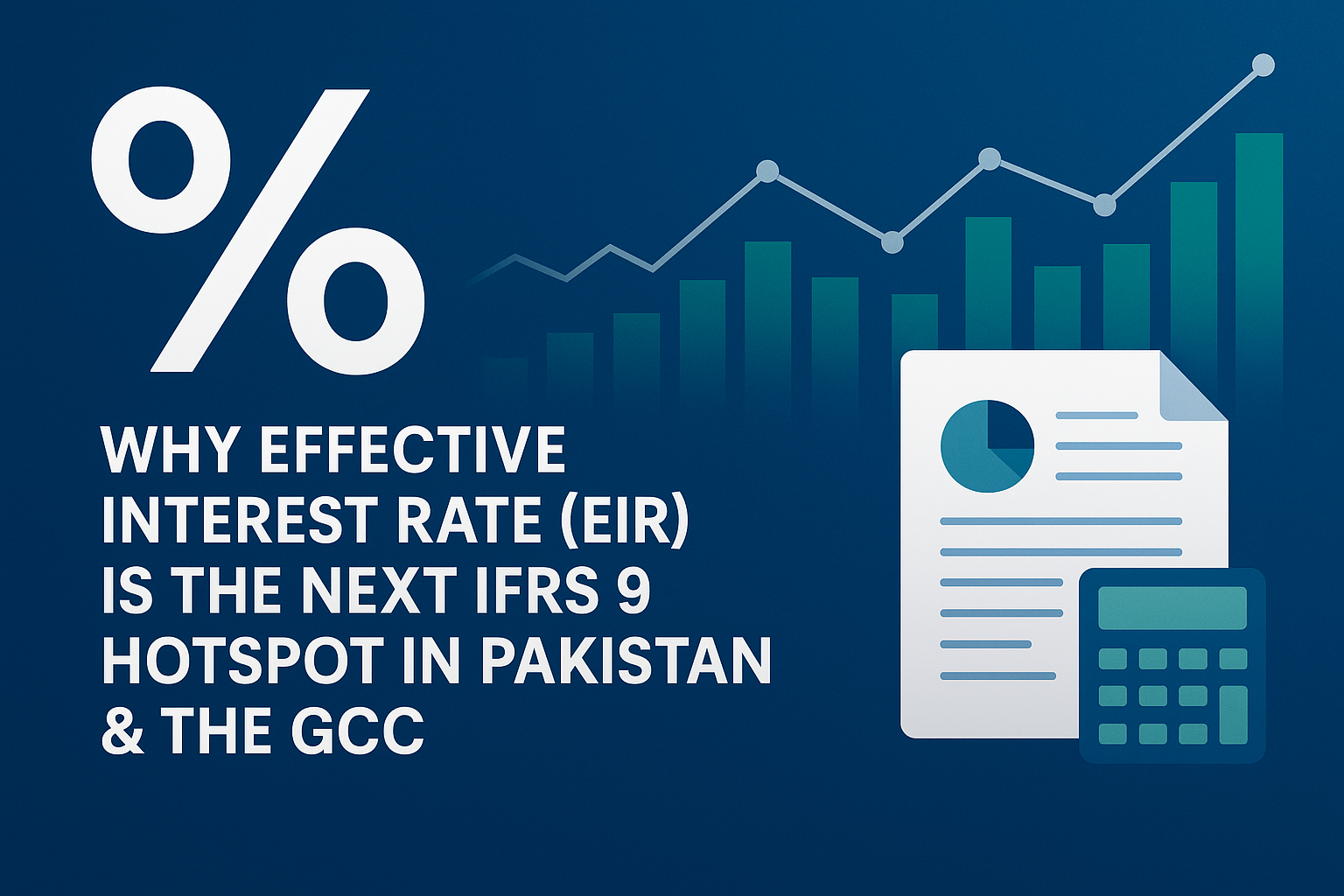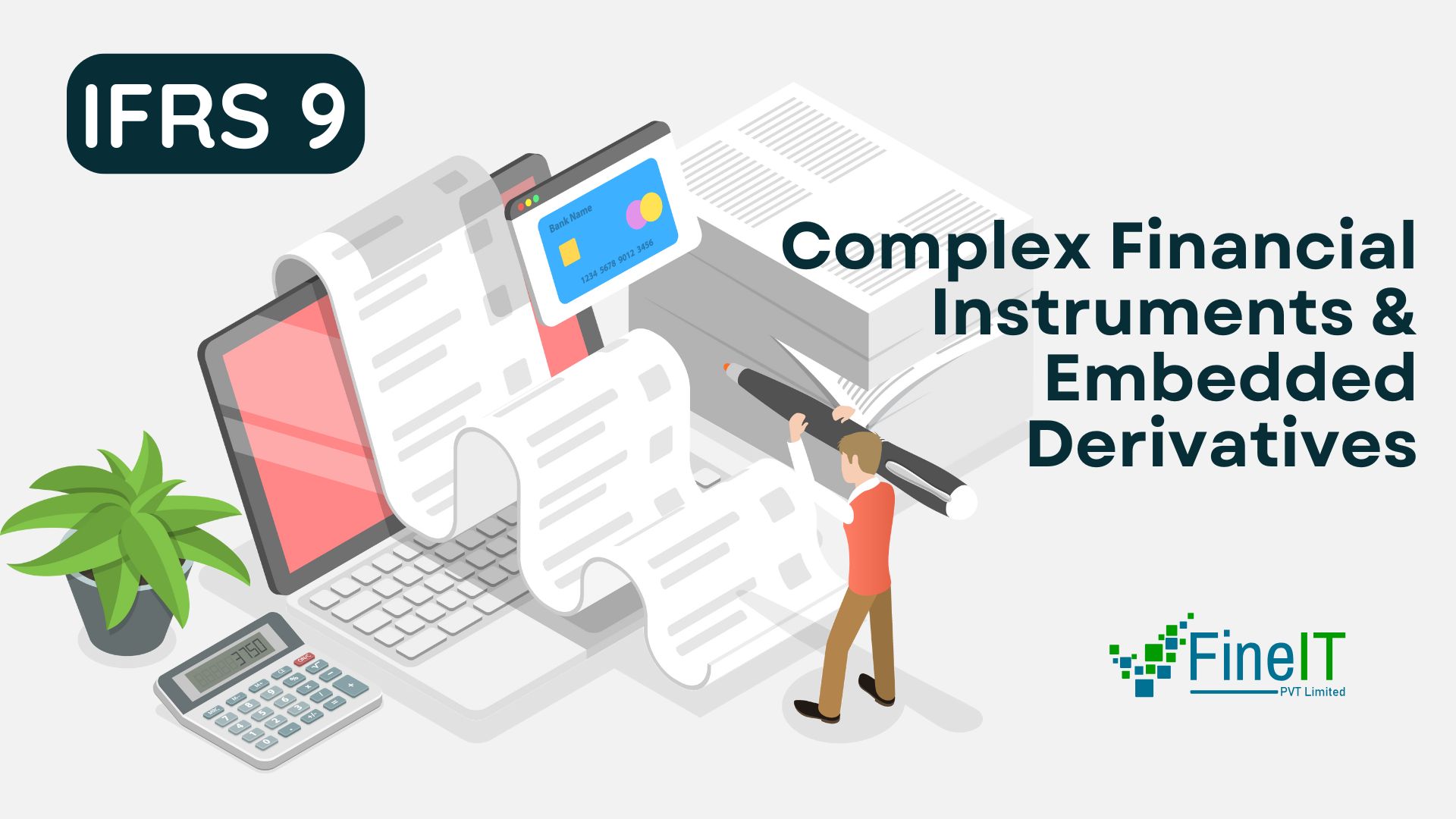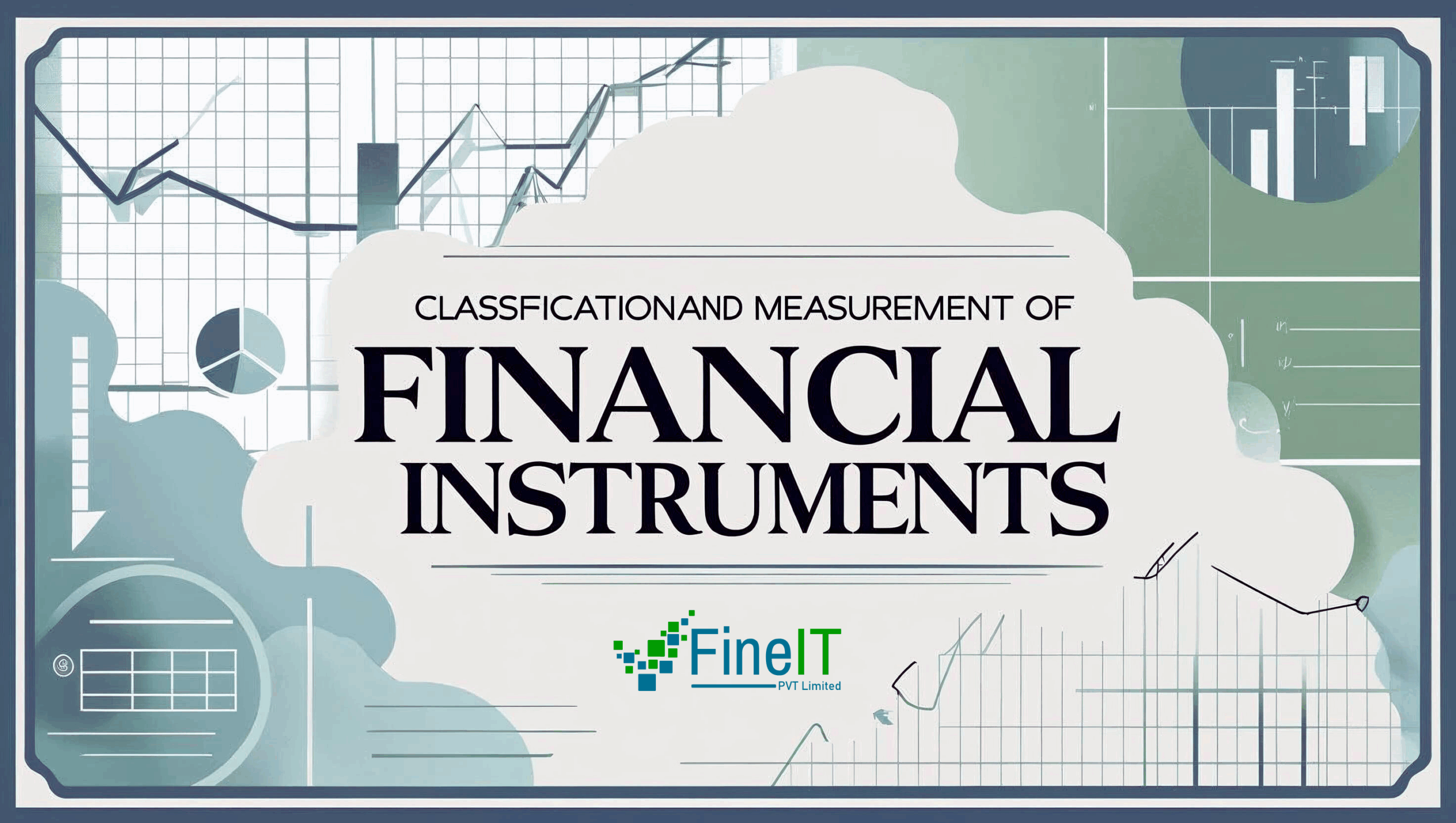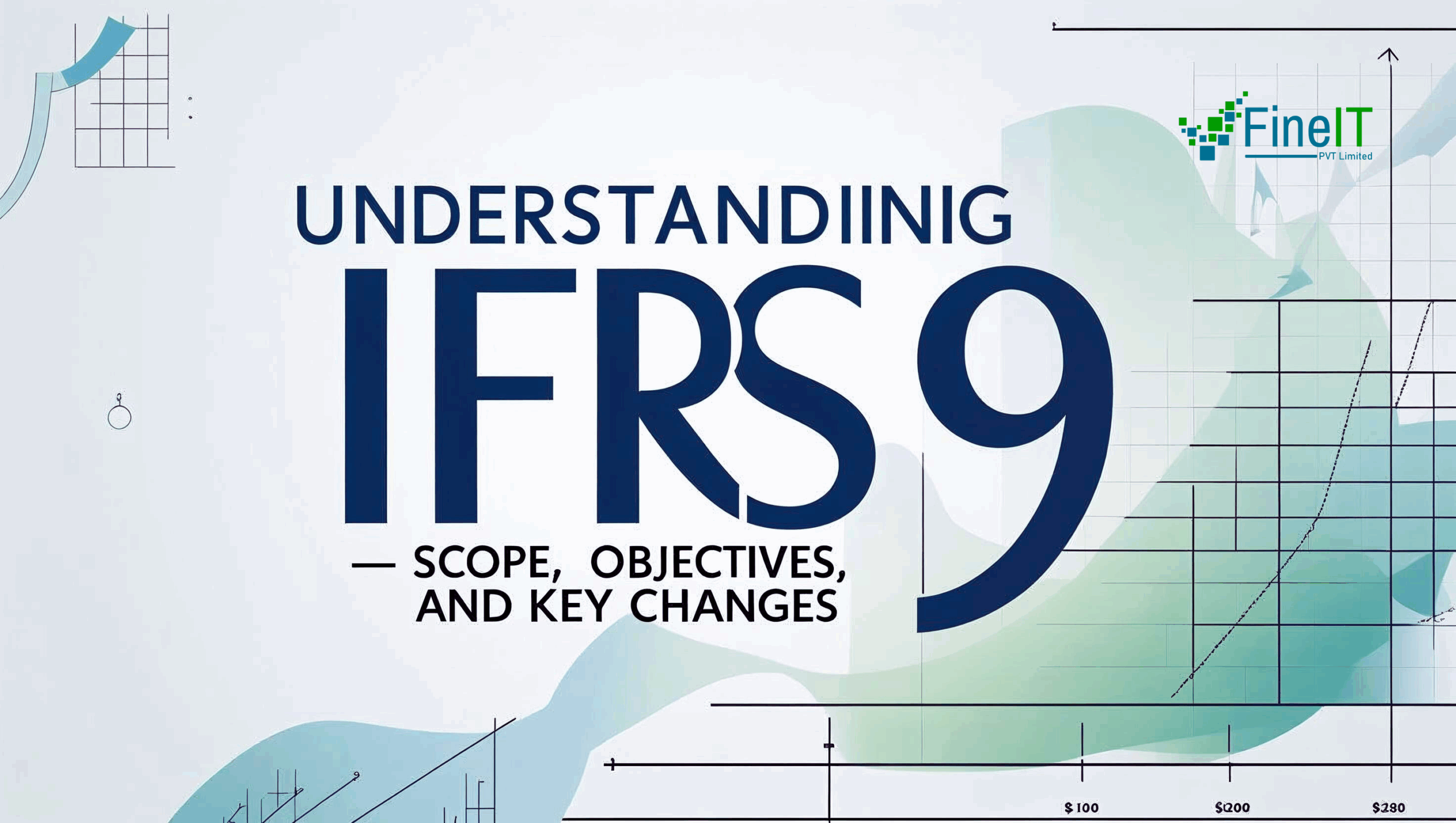Why Effective Interest Rate (EIR) Is the Next IFRS 9 Hotspot in Pakistan & the GCC
1. The Rising Regulatory Focus Over the last few years, both the State Bank of Pakistan (SBP) and GCC regulators have been tightening their supervision around IFRS 9. Among the many technical areas under review, one topic is coming up again and again during audits: Effective Interest Rate (EIR). EIR is more than just a […]



